
BMW just filed for a patent for registration earlier this year which is now published in Japan. The patent gives us a view of an unnamed BMW car which is pretty futuristic to look at. The car is...
We've kept an eye on Volkswagen's Golf Blue-e-motion EV for the past few years and are ecstatic to report that it's getting a release window. The e-Golf is showing up stateside later than expected, but the German automaker promises we'll see it by late 2014 or early 2015. Once the hatchback lands it'll be packed to the gills with all manner of settings and improvements since we last saw it, too. We're talking full LED-headlamps, zero to 60MPH in about ten seconds and (with optional accessories) a battery that goes from dead to 80 percent charged in a half an hour. What's more, the previous range has been boosted from 100 miles to 118 miles.
While none of this sounds all too impressive when compared to gas or hybrid engines, it's an important milestone for the people's car company. How so? Well it, along with the Europe exclusive e-Up! that's finally moving into production, represents the first part of Wolfsburg's mission to take EVs to the mainstream. There's a set of press releases after the break, but you might want to grab a fresh cup of tea before settling in -- they're quite lengthy.
Filed under: Transportation
Source: Volkswagen
The Citroën DS BiRotor is a hybrid concept that merges aerodynamic coupe styling with 4-door hatchback versatility to form the sportiest Citroën compact yet. It uses the latest in internal combustion and electric power for optimal fuel efficiency and immediate implementation to the current infrastructure. All that squeezed into a superlight carbon and aluminum modular chassis for optimal weight, rigidity and safety.
As for the tires, the Michelin Variable Response is designed to provide both perfect grip and fuel economy. The VR consists primarily of two carbon fiber covers pressed against each other holding the tire in place. The tire is made from a soft colored rubber and black vulcanized harder rubber surrounding it. The wheel features a servo motor that varies the width of the tire depending on weather conditions and driving demands. It works by expanding the rubber and shifting the gaps to direct water more efficiently. When the ground is dry, the tire closes to become flatter, bigger and harder, improving fuel economy .It will also respond to sudden and violent maneuvers in order to increase stability. The carbon covers keep weight low and allow the wheel to have a bigger diameter to cover larger distance with each rotation.
The power train is one-of-a-kind. It features a 600cc Wankel engine that produces 140hp mounted over the rear axle and connected to the rear wheels via CVT transmission. It also features two 30hp electric in-wheel motors at the front to improve performance and fuel economy. These are powered by a bank of supercapacitors that are recharged constantly by the engine. The onboard computer manages the power delivery according to the driver’s demands, being able to function as a fully electric vehicle without the need of batteries or recharging. The typical disadvantage of the Wankel engine, such as lower pressure and oil consumption are rectified by the use of a turbocharger, organic biodegradable oil and hydrogen-on-demand system. The latter uses a water tank and stainless steel plates to generate hydrogen gas and injects it into the engine to improve combustion and lower emissions.
Designer: Jose Eduardo Sanchez

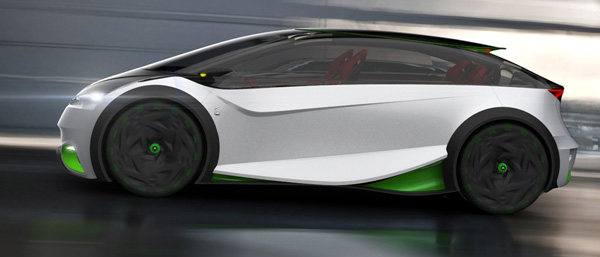
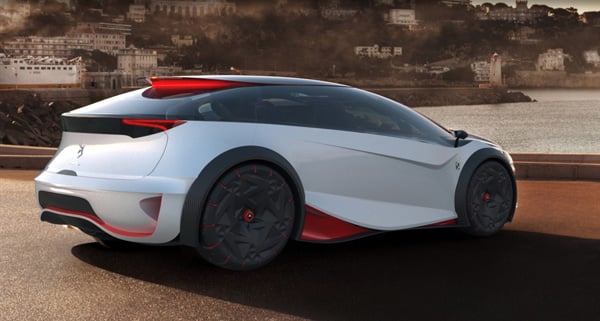
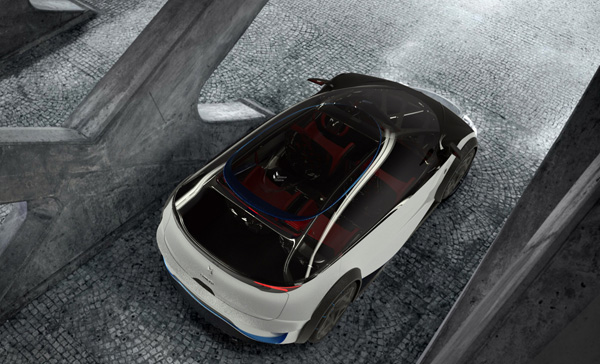
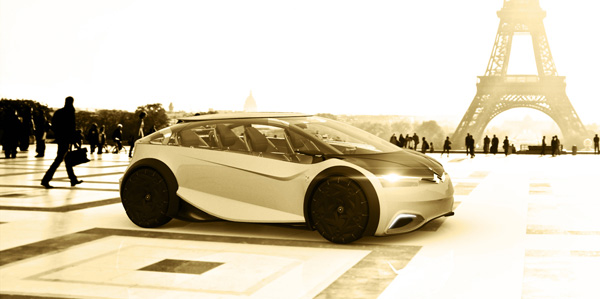

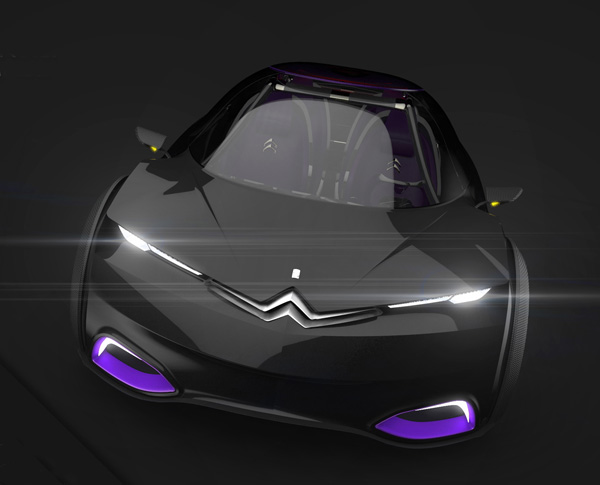
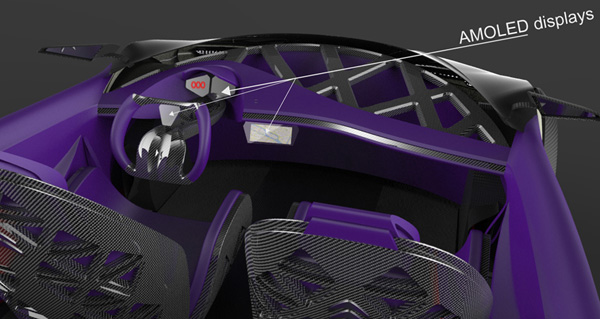
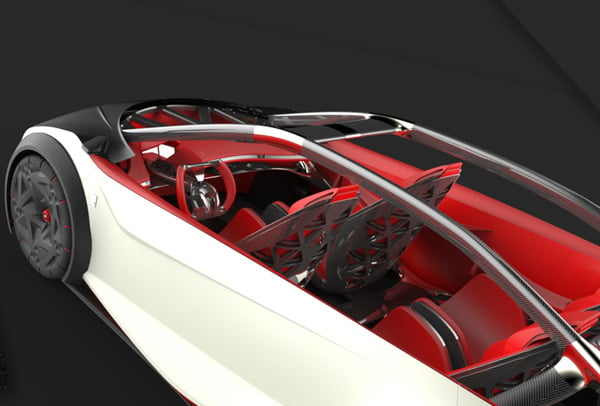
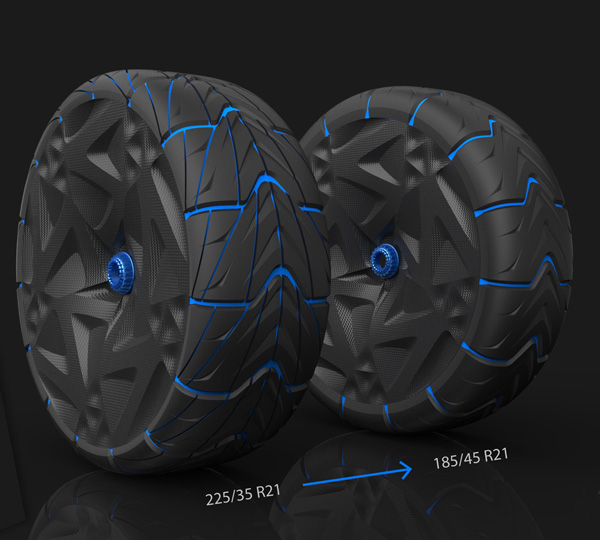
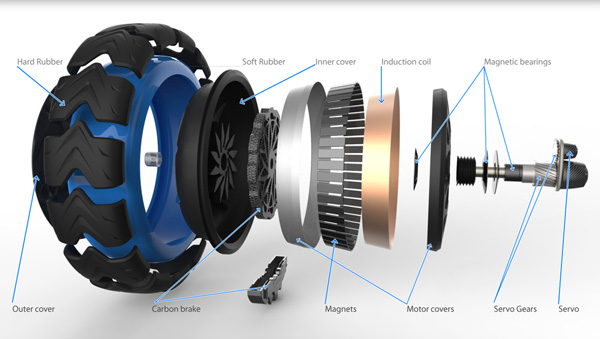
-
Yanko Design
Timeless Designs - Explore wonderful concepts from around the world!
Yanko Design Store - We are about more than just concepts. See what's hot at the YD Store!
(Citroën Clean Tech was originally posted on Yanko Design)
Related posts: